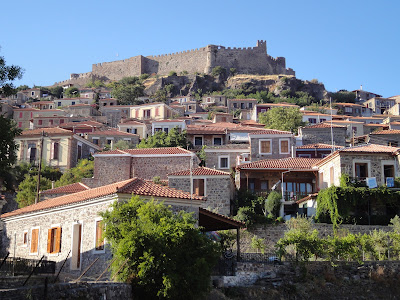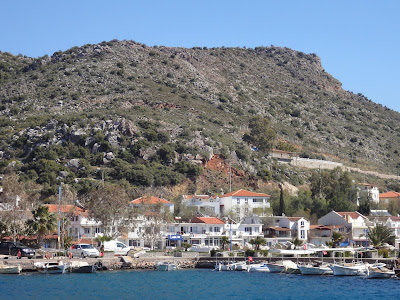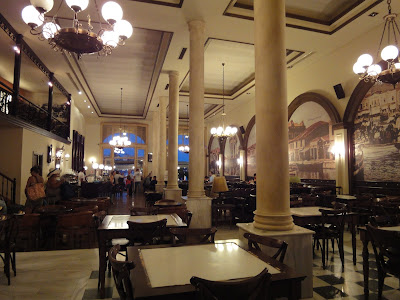The northern Anatolian province of Corum is a must-visit for those interested in the history of the Bronze Age Hittite Civilisations. Located in the interior of the northern Anatolian Plateau, the province of Corum is home to numerous key Hittite archaeological excavation sites. In addition to the UNESCO inscribed Hittite ruins at the former Hittite capital of Hattusas (present-day Bogazkale), which is about an hour's drive west of Corum, other notable Hittites sites worthy of a visit include Alacahoyuk (about 40 minutes' drive southwest of Corum, near the town of Alaca) and Sapinuva (about an hour's drive south of Corum, near the village of Ortakoy).
Although each of the Hittite excavation sites in the province has a museum of its own displaying artefacts recovered by archaeologists from the nearby site, no Hittite enthusiasts should miss out on a visit to the Corum Museum, housed in a beautiful turn-of-the-century building with distinctive 19th-century Anatolian Neo-Classical architectural style. The building, built in 1914, began its life as a hospital and subsequently served as Corum's School of Medicine, School of Art, Machinery Academy, and Ataturk High School, before being renovated and turn into a state-funded archaeological museum in 2003 with an extensive collection of Hittite artefacts, models of excavation finds and other relevant items on display.
Hittite Museum aside, the city centre of Corum also has several interesting buildings that merit a visit. To a certain extent, the style of architecture in Corum reminds me of the Turkish Nationalist-era public buildings visible in large quantity in both Kastamonu and Tokat, all of which are provinces of Turkey's northern Anatolian-Black Sea region. The relatively high altitudes of these three provinces, as well as their geographical proximity to one another, probably forged a fairly similar architectural and cultural heritage in one way or the other. The soil and climates of Corum, like the neighbouring province of Amasya (famous for the indigenous Anatolian apple cultivar known as Amasya), is also suitable for the cultivation of seasonal fruits that are best grown at certain altitudes, such as apples, pears, cherry, peach etc.





































